Chris and I have left the farm to travel to Ireland and England for a much-needed break. We’ll be eating our way around both countries, gathering inspiration as we travel from place to place. In the meantime, here is an early post of mine which illustrates the food connection between my use of wild edibles and elephants. It goes without saying that I will be serving Bush Biscotti in The Elephant Café as soon as it opens after our return from holiday.
Indigenous people in this semi-arid region of southern Africa have been nourished by Mongongo nuts for over 7,000 years. Which is amazing when considering that on my many attempts I failed to crack open even one of their Fort Knox-like shells. This led me to imagining myself as one of those unfortunate people, like the very old or infirm, who back in harder times would have been abandoned to the hyenas and vultures because their diminished survival skills hindered rather than helped the clan. That was until I learned a little more about the traditions and shortcuts of foraging for, and shelling, Mongongo nuts.
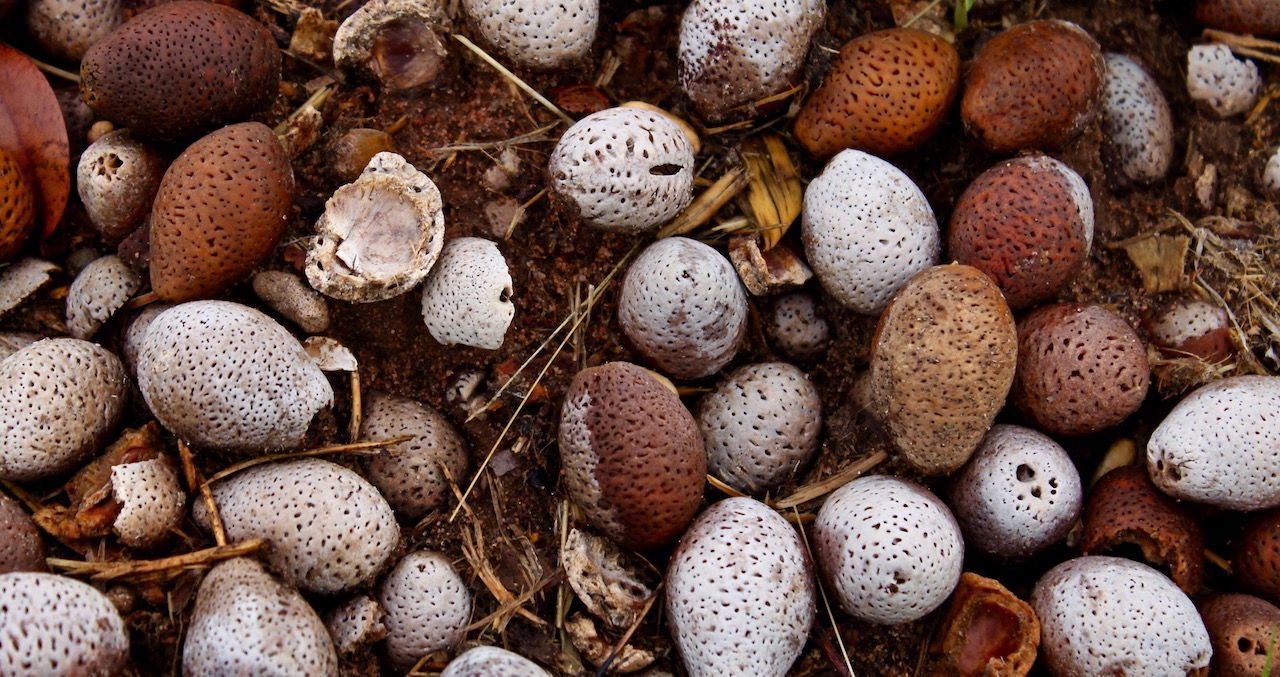
Last year, when taking the dogs for a walk through the woodland beyond our house, we came across a huge pile of nuts scattered atop decaying elephant dung. Chris went on to tell me how, for the native Zambians at least, this was the most efficient way to forage for the much-prized Mongongo nut. I responded with a tart rejoinder until it dawned on me that it was, in fact, a genius way of gathering. You see, an elephant craves the sweet fruit in the outer layer of the Mongongo but it can’t digest the hard nut inside, thus when the time comes, it goes on to dump one almighty load of stripped nuts.
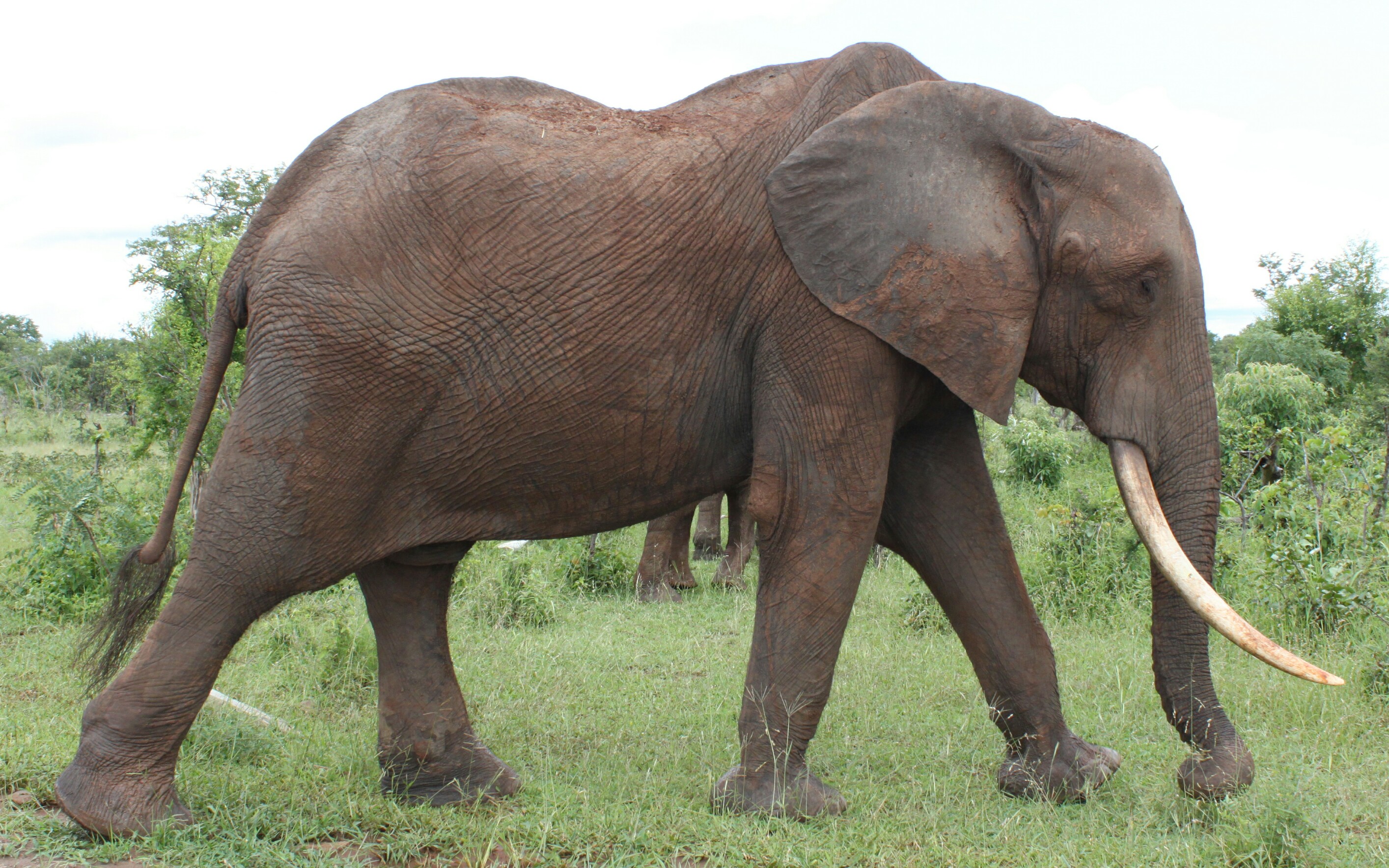
The following excerpt I read in the naturalhub.com’s Natural Food Guide confirmed what Chris told me:
“A forester in Rhodesia [Zimbabwe] sent this author some Manketti [Mongongo] nuts and on the package under the scientific name Ricinodendron, he had written ‘recovered from elephant dung’. This startled me. … I wrote to the forester to ask why the special inscription, and he replied that there are three reasons: (1) The elephants eat the fruits greedily and it is much easier to let the elephants do the job of picking; (2) The seed will not germinate until it has spent a week inside the elephant, and (3) The elephant enjoys the fruit but his digestive mechanism does not affect the extremely hard shell and the nut inside. The natives of Rhodesia, therefore, follow the elephant, recover the hard-shelled nuts where they have been dropped, clean and dry them, then crack the extremely hard shell, and find the contents perfectly delicious.” — Edwin A. Menninger, ‘Edible Nuts of the World’.
That we have our own massive Mongongo tree in the middle of our house means I don’t often have to go fiddling around in elephant dung. Thankfully. In May each year the tree rains literally hundreds of nuts down on to our roof and floor. They are a highly nutritious annual gift from nature, meaning there was no excuse NOT to find a way to crack open this tough nut in order to start experimenting in the kitchen. (Small recompense for roof-rattled nerves.)
My Zambian assistant, Adelina Banda, suggested we talk to a woman she knew called Ruth Mongongo — yes, that’s her real name — for she and her sister were highly regarded as expert nut crackers. Ruth’s family has lived in a village on the Zambezi River, not far from our farm, for generations. Using a flat rock, worn down by years of cracking nuts with a heavy round stone, Ruth learnt the singular, hazardous skill from her mother … who learnt from her mother, who learnt from her mother, ad continuum.
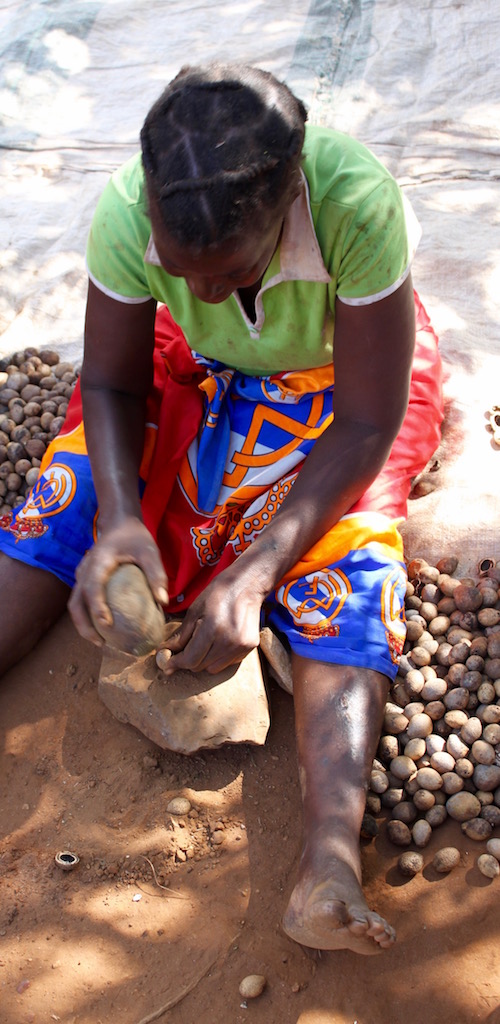
Imagine my delight then when I was not only handed back a five-pound sack filled with shelled Mongongo nuts, but in the interim discovered its outstanding nutritional value. According to the Natural Food Guide, “the kernel is 57% by weight fat. Of this, about 43% are polyunsaturated fats (almost entirely linoleic acid), about 17% saturated fats (palmitic and stearic), and about 18% monounsaturated (oleic). … The kernel has 26 grams of protein per 100 grams, as well as approximately 193 mg of calcium, 527 mg magnesium, 3.7 mg iron, 2.8 mg copper, 4 mg zinc, 0.3 mg thiamine, 0.2 mg riboflavin, 0.3 mg nicotinic acid, and a stunning 565 mg of vitamin e (almost entirely as y-tocopherol). Due to the high y-tocopherol content, the oil is very stable, and doesn’t oxidize into ‘rancidity’ for a very long time, in spite of the African heat.”
I was on to a winner!
We roasted the nuts in the oven to help remove yet-another cover: a tough black skin which comes off with the help of a sharp knife. During this process, I found out that the Mongongo kernel, which is shaped like a hazelnut, but soft and creamy like a cashew, breaks up easily. They must be handled carefully if you want them to remain whole. (It’s taste is distinctive: a cross between a Brazil nut and a cashew.)
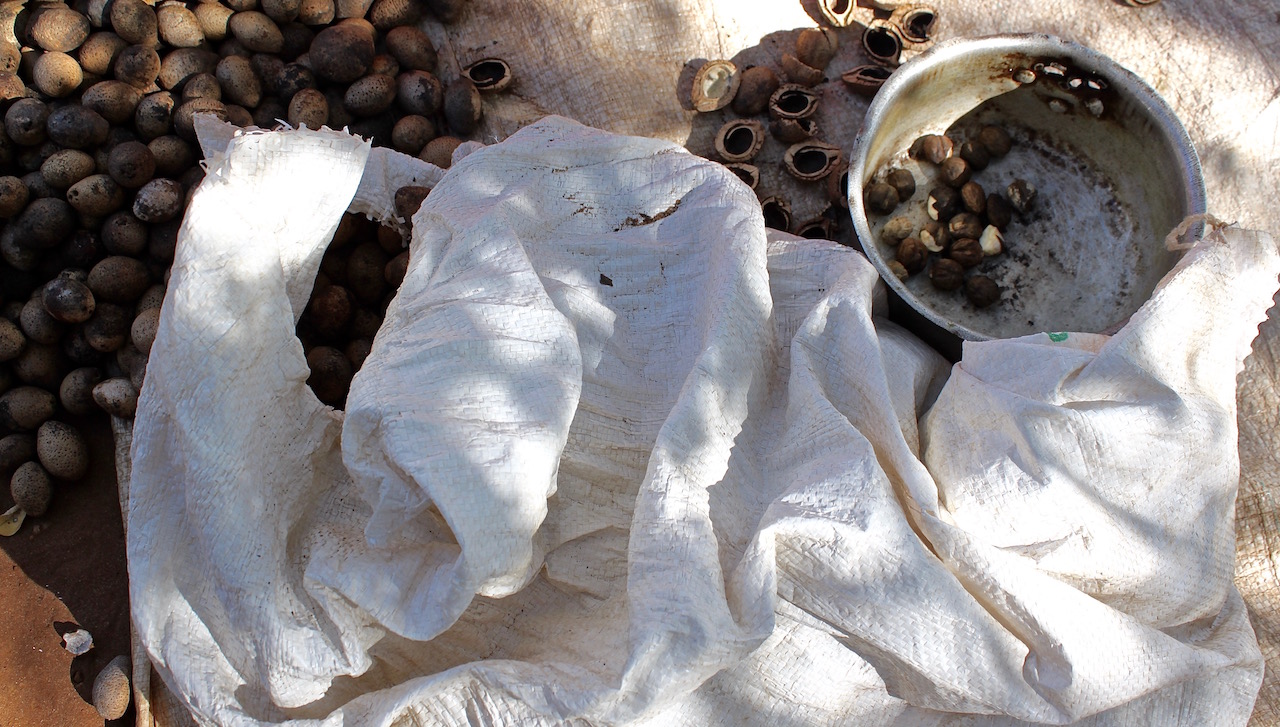
We’re great fans of biscotti in this house, therefore it felt natural to turn to our tried-and-tested recipe, which normally calls for a mix of almonds and hazelnuts, replacing one of those ingredients with Mongongo nuts instead. We were delighted with the end result, so much so that we have never returned to the original recipe.
Bush Biscotti
Notes: It won’t be easy to find Mongongo nuts outside southern Africa, but any combination of a soft and flavorful nut interspersed with a hard one, like hazelnuts or almonds, works well in this recipe.
Yield: Renders approx. 60 biscotti, if cut thinly.
Ingredients:
- 275 grams/ 9.5 oz wholewheat flour
- 1 tablespoon Mongongo nut meal/ground almonds
- 1 tablespoon linseed or flaxseed (we use whatever is available)
- 1 tablespoon sunflower seeds
- 1/2 teaspoon baking soda
- 1/4 teaspoon salt
- 2 egg whites
- 1 large egg
- 4 tablespoons dark brown sugar
- 2 tablespoons granulated sugar
- 1 1/2 teaspoons vanilla essence
- 1/2 cup Mongongo nuts
- 1/2 cup almonds
- 3/4 cup raisins/sultanas/cranberries
Method:
- Heat the oven to 180/350 degrees, and line a baking tray with greased parchment paper.
- Sift the flour into a mixing bowl, adding the linseed, sunflower seeds, baking soda, and salt. Mix together well.
- In a separate large bowl, beat the egg whites with the whole egg until light and fluffy. Then beat in the sugar and vanilla essence.
- Using a wooden spoon, combine the flour mixture with the egg mixture, adding the Mongongo nuts, almonds and raisins at the end. (The consistency of the dough should be stiff and sticky.)
- Spoon out the mixture and shape into two flat, oval loaves on the baking tray, dipping your fingers into a cup of water if you find it too sticky to handle.
- Bake on a rack in the middle of the oven for 30 minutes.
- Remove from the oven, cool for 10 minutes, and then slice according to the width you desire (we like it thin).
- Rearrange sliced biscotti on the baking tray, return to the oven, and cook for a further five minutes, or until hard.
- Remove and cool completely. Preserve in an airtight container to ensure crispness.
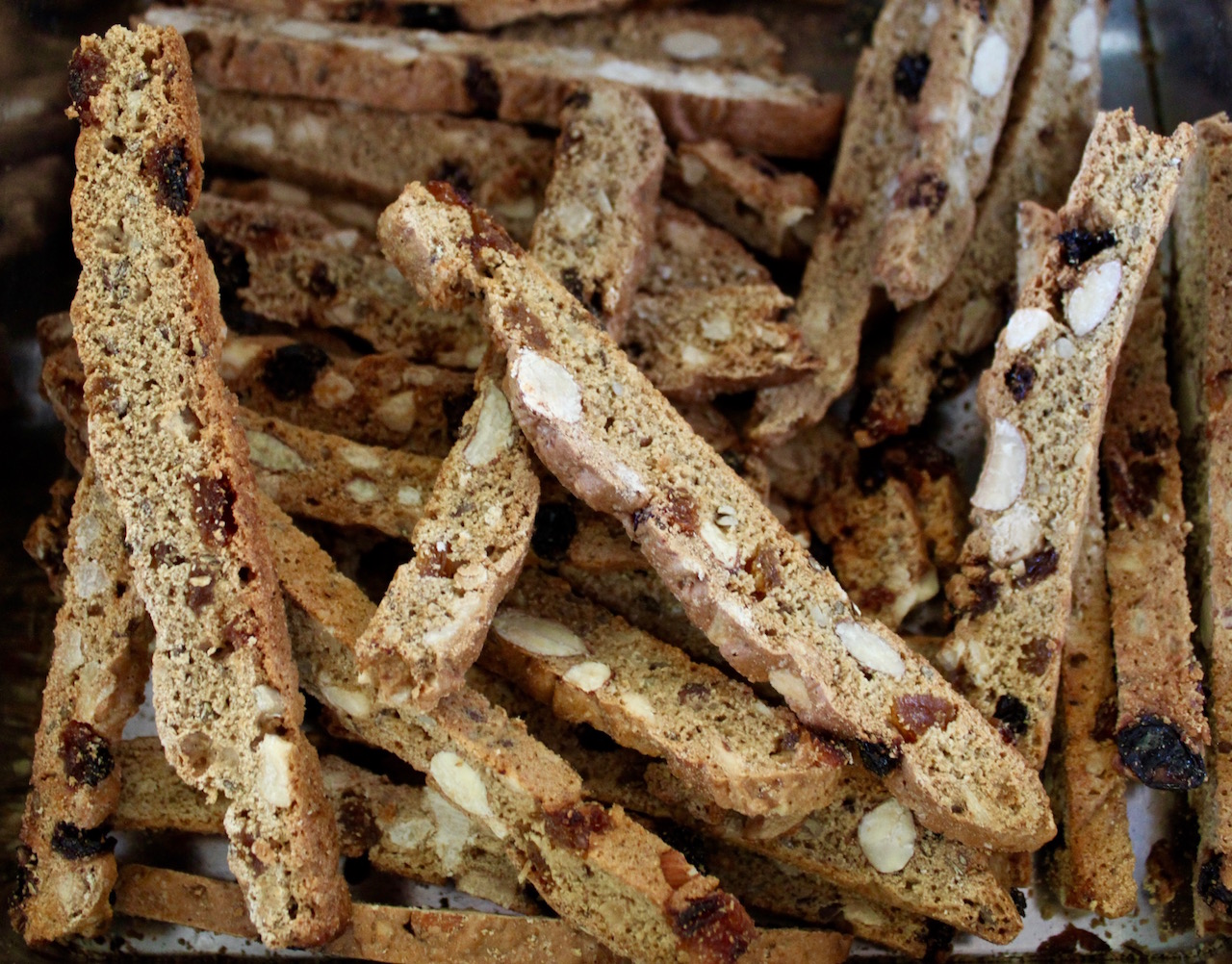

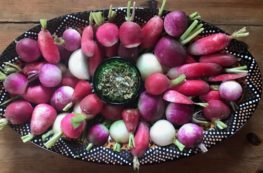

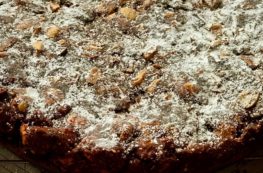
10 Comments
Thoroughly enjoyed another read. Have a wonderful trip. Perhaps you will write of your journey and of any foodie finds you strike upon … Meantime I look forward to your return and further stories from The Elephant Cafe ??
Thanks, as always, Mo. Yes, I’ll be documenting our foodie trip very carefully. 🙂 Can’t wait! xo
I remember collecting and eating these as a boy outside of Nyamandlovu on the banks of the Umguza river. Never did get the cracking right, I always seemed to end up with a mush of kernel mixed with shell which took patient eating!
They are a notoriously difficult nut to crack, John, which is why I hand them over to the experts … 🙂 Thank you for stopping by my blog. All the best to you, Annabel
Happy travels in lands far from the Mongongo nuts….looking forward to the next chapter…… xxxx
Thank you, my friend. It’s good to be back on the Emerald Isle … and a most pleasing contrast to the Zambezi Valley. Spring is here! xo
Very very interesting! I think I learn the most from your blog than any other! I forget how much PSI it takes to crack a macadamia nut, but I know those shells are extremely hard as well. But at least I don’t have to harvest them from elephant dung!!!
Thank you, as always, for this wonderful comment, Chef Mimi! Fortunately, I don’t have to harvest the nuts from ele dung either. We live under a big Mongongo tree! 🙂
We just watched a segment on Argan oil – made from Argan nuts that are popped out by goats in Morocco!!!
Haha … write a post on it! I’d love to know more … 😉
Comments are closed.